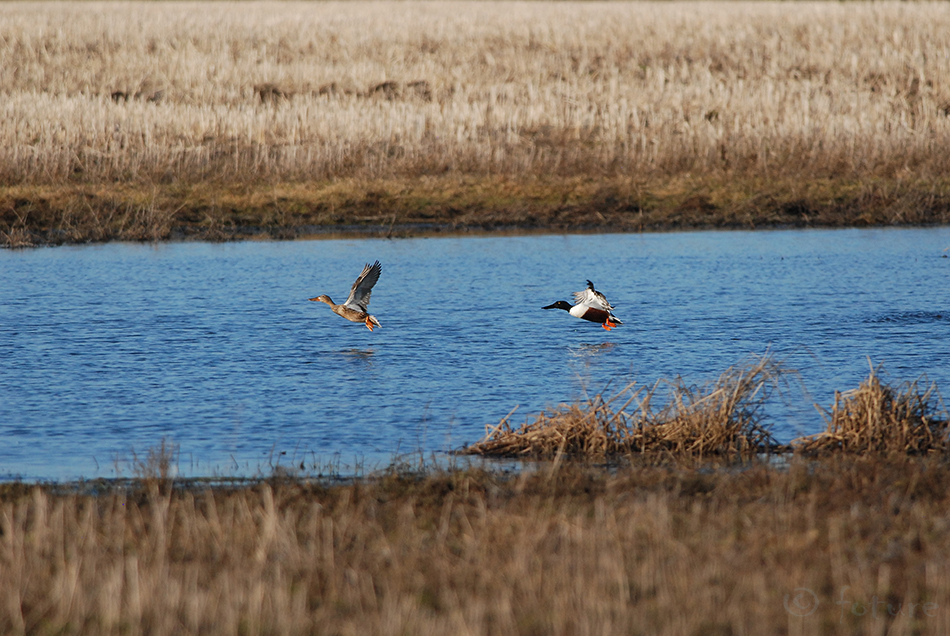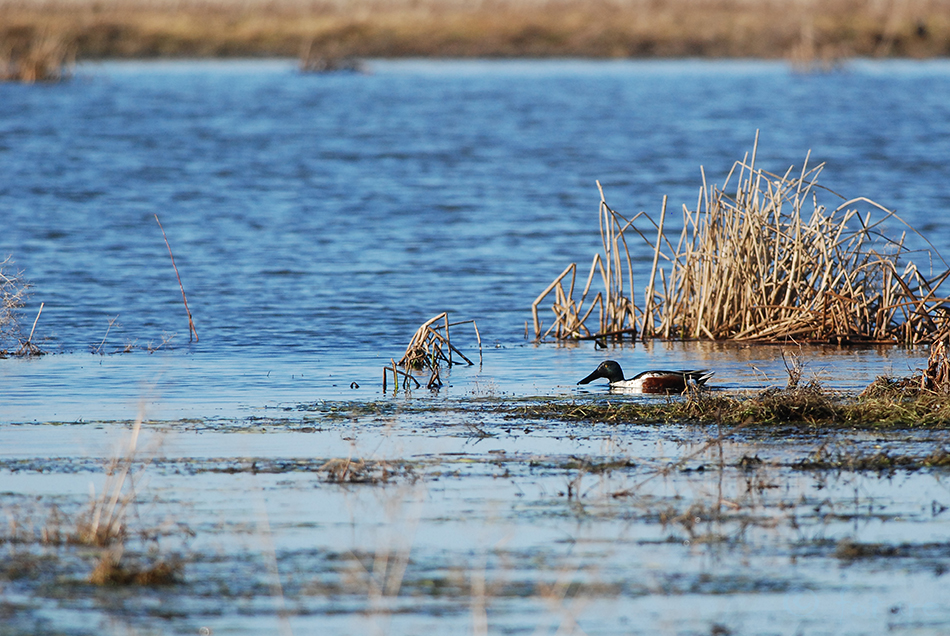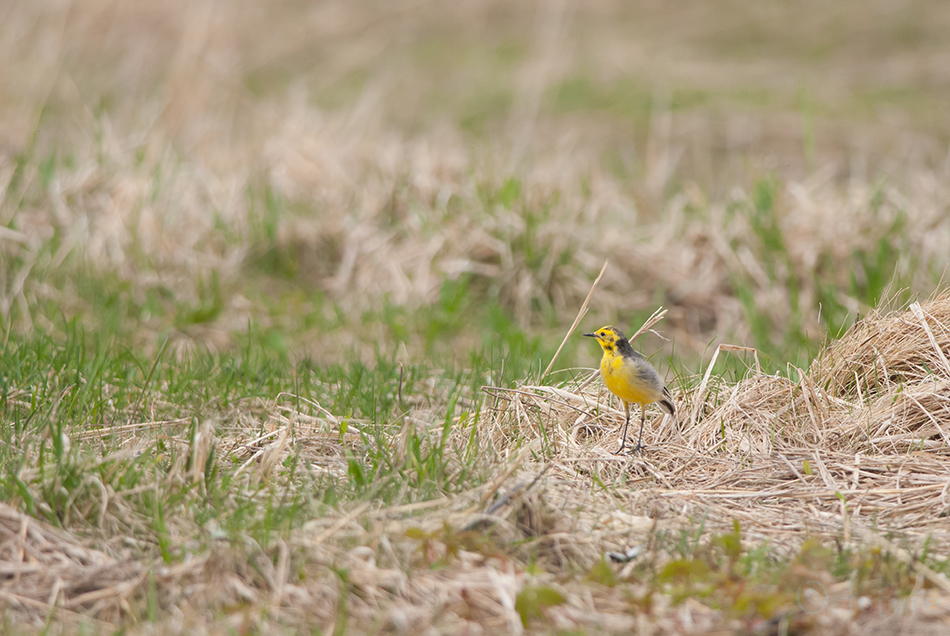
"I'm soooo sleepy..."
 "Tee siit poolt pilt, vasak näopool on mul fotogeenilisem."
"Tee siit poolt pilt, vasak näopool on mul fotogeenilisem."

"Take from this side, my left side is more photogenic."
 Tähnikhüäänid vahetult pärast päikesetõusu nautimas (veel) jahedat savanniõhku. Kuigi hüäänid reeglina iluduskonkursse ei võida ja edetabeli "loomad-keda-ma-kindlasti-Aafrika-reisil-näha-tahan" esikümnesse ei satu, siis mulle need karvakerad küll meeldisid. Mind üllatas ka nende suurus - täiskasvanud hüäänid on ikka parajad mürakad. Turjakõrgus kuni meeter, pikkust veidi alla kahe meetri ning raskeimad isendid kaaluvad peaaegu 90 kilogrammi. Krugeri Rahvuspark, LAV.
Tähnikhüäänid vahetult pärast päikesetõusu nautimas (veel) jahedat savanniõhku. Kuigi hüäänid reeglina iluduskonkursse ei võida ja edetabeli "loomad-keda-ma-kindlasti-Aafrika-reisil-näha-tahan" esikümnesse ei satu, siis mulle need karvakerad küll meeldisid. Mind üllatas ka nende suurus - täiskasvanud hüäänid on ikka parajad mürakad. Turjakõrgus kuni meeter, pikkust veidi alla kahe meetri ning raskeimad isendid kaaluvad peaaegu 90 kilogrammi. Krugeri Rahvuspark, LAV.

The laughing hyenas enjoying the cool air in savannah, moments after the sunrise. Although these guys usually do not win any beauty contests nor reach the top 10 of "animals-I-would-definitely-want-to-see-in-Africa", I liked these furry animals. I was also surprised by the size of a spotted hyena - the adults can be quite beefy creatures. The shoulder height can reach almost 1 metre, body length a bit less than 2 metres and the big-boned ones can weigh up to 90 kilos. Kruger National Park, South Africa.















































